परिचय
India’s Constitution was adopted by the Constituent Assembly on 26 November 1949 and came into effect on 26 January 1950, transforming India from a British dominion into a sovereign democratic republic and replacing the Government of India Act, 1935 as the country’s supreme law. The choice of 26 January honored the Indian National Congress’s 1930 Purna Swaraj declaration, and the day is commemorated annually as Republic Day.
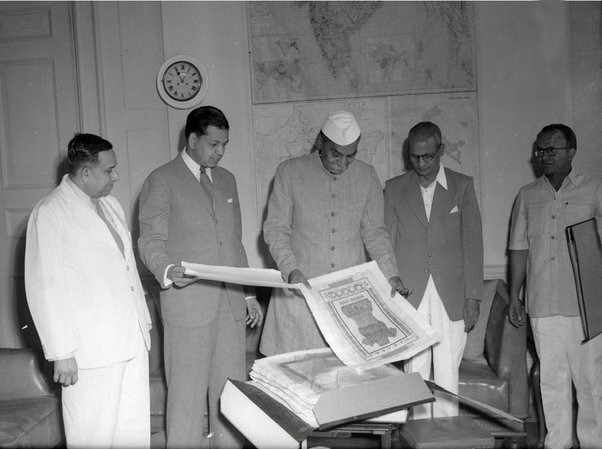
Background: From Independence to a Republican Constitution
- After independence (August 1947), India functioned as a dominion under the Government of India Act, 1935 while a Constituent Assembly drafted a permanent constitution.
- A seven‑member Drafting Committee chaired by B.R. Ambedkar was appointed on 29 August 1947; it submitted a draft to the Assembly on 4 November 1948 for debate and revision.
- The Assembly adopted the Constitution on 26 November 1949; certain transitional provisions came into force immediately, with the remainder commencing on 26 January 1950.
Adoption vs. Commencement: The Two Key Dates
- Adoption: 26 November 1949 (Constitution adopted by the Constituent Assembly; select Articles on citizenship, elections, transitional provisions, etc., were enforced immediately).
- Commencement: 26 January 1950 (full Constitution came into effect; India became a republic; Republic Day instituted).
Why 26 January?
- The date commemorates the 1930 Purna Swaraj (Complete Independence) proclamation by the Indian National Congress, aligning the new republican order with an earlier milestone of freedom.
Institutional Changes on 26 January 1950
- India ceased to be a dominion and became a sovereign democratic republic under its own Constitution.
- Dr. Rajendra Prasad was sworn in as the first President of India; with this, the office of Governor‑General lapsed and the new republican executive and Parliament came into being under transitional provisions.
- The Constituent Assembly transitioned into the provisional Parliament until general elections established the new Parliament in 1951–52.
Structure and Sources
- At adoption, the Constitution contained 395 Articles and 8 Schedules, making it among the world’s longest national constitutions; it established a parliamentary system, a federal structure with a strong Union, and an extensive rights framework.
- The framers studied and adapted features from many constitutional systems (e.g., parliamentary government, judicial review, fundamental rights), while building extensively on the Government of India Act, 1935.
Key Figures and Bodies
- Drafting Committee Chair: Dr. B.R. Ambedkar, supported by a seven‑member committee constituted by the Assembly.
- Constituent Assembly Leaders: Jawaharlal Nehru (mover of key resolutions), Sardar Vallabhbhai Patel, and others guided political integration and constitutional consensus; Lord Mountbatten and, later, C. Rajagopalachari served as Governor‑General during the drafting period.
- Head of State Transition: Dr. Rajendra Prasad became the first President upon commencement on 26 January 1950.
Ceremonies of the First Republic Day
- On 26 January 1950, in Durbar Hall (Government House, later Rashtrapati Bhavan), India was declared a sovereign democratic republic and Dr. Rajendra Prasad took the oath as President, followed by national salutes, a ceremonial procession, and a public parade—events that have since become annual traditions.
Articles Commenced on Adoption Day
- A set of Articles—covering citizenship, elections, provisional Parliament, transitional provisions, and the Constitution’s title and commencement—came into force on 26 November 1949 (e.g., Articles 5–9, 60, 324, 366–367, 379–380, 388, 391–394), with all remaining provisions commencing on 26 January 1950.
Significance
- Constitutional Sovereignty: The Constitution vested ultimate legal authority in “We, the People,” replacing imperial statutes and asserting India’s sovereign democratic order.
- Republican Transition: It ended the Crown’s constitutional role, created the offices and institutions of a republican state, and established a unified framework for Parliament, the Union executive, the judiciary, and the states.
- National Identity and Memory: Republic Day on 26 January affirms the continuity from the 1930 Purna Swaraj pledge to the 1950 republican commencement, embedding constitutionalism at the heart of India’s political culture.
Key Dates and Facts
- 29 August 1947: Drafting Committee formed under B.R. Ambedkar.
- 4 November 1948: Draft Constitution submitted to the Constituent Assembly.
- 26 November 1949: Constitution adopted; select Articles commenced; now observed as Constitution Day.
- 26 January 1950: Constitution fully in force; India becomes a republic; Dr. Rajendra Prasad sworn in as first President; Republic Day instituted.
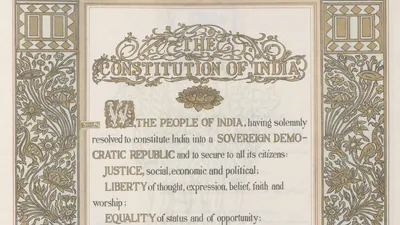
Interesting Notes
- The Assembly met in 11 sessions over 165–167 sitting days across nearly three years to debate every Article before adoption, reflecting the depth of deliberation.
- The Constitution drew on lessons from approximately 60 national charters and international practices but was tailored to India’s conditions, scale, and diversity.
- The date alignment with Purna Swaraj ensured that the republic’s birth resonated with India’s pre‑independence mass mandate for complete freedom.
निष्कर्ष
Adopted on 26 November 1949 and in force from 26 January 1950, the Constitution of India re‑founded the state as a sovereign democratic republic, established a robust parliamentary‑federal architecture with justiciable rights, and anchored India’s national life in constitutionalism—an achievement commemorated each year as Republic Day.


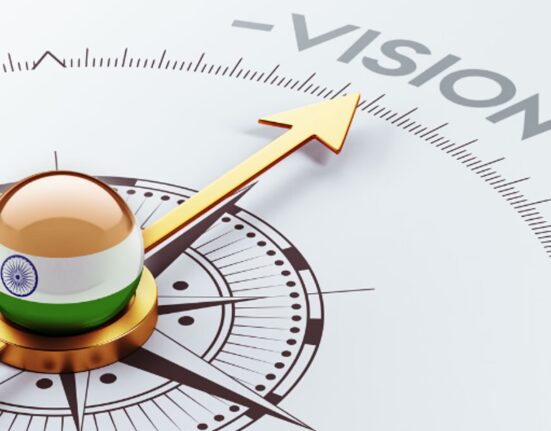


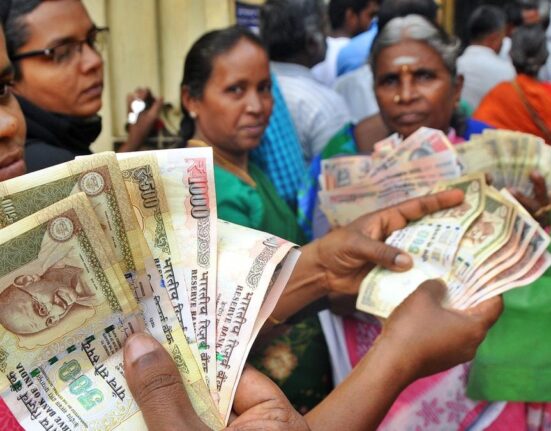
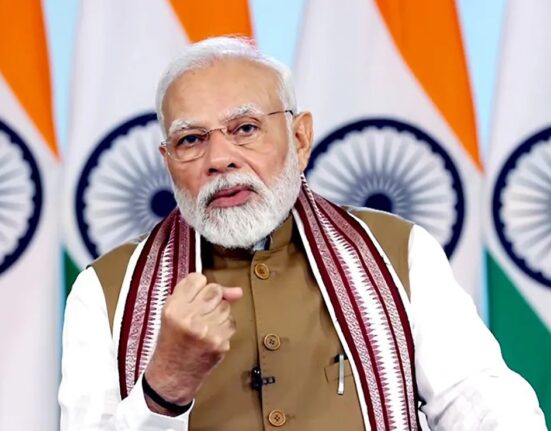

इस बारे में प्रतिक्रिया दें